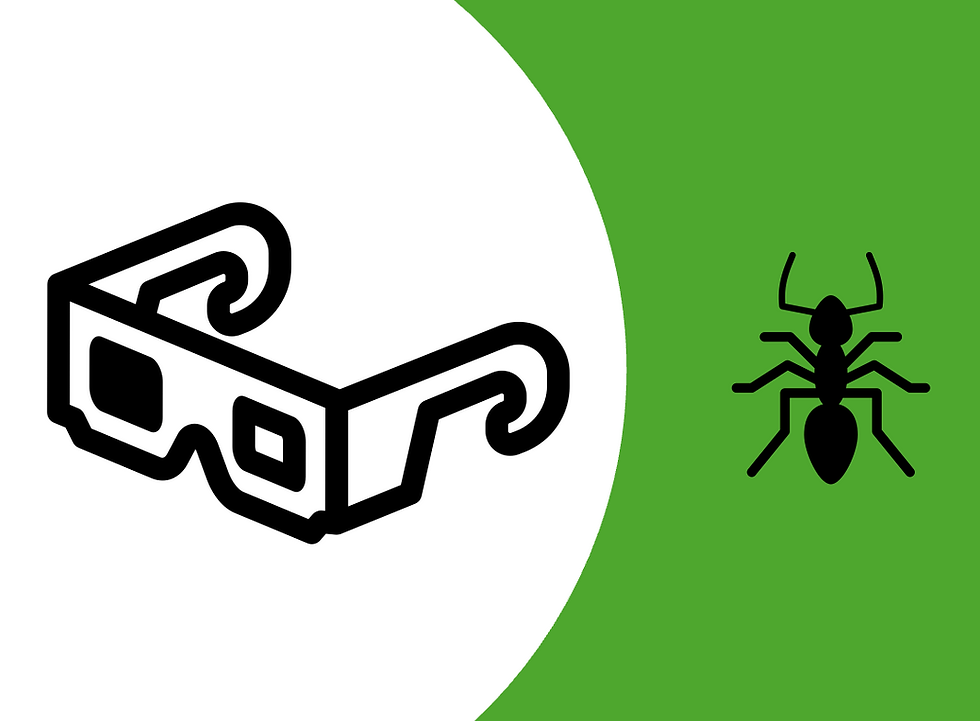Don't Lose Your Money to Dust, a New "Rice Milling Index" Method to Maximize Profits
- "The Grain Guru"
- Nov 18, 2018
- 2 min read
Updated: May 12, 2022
Rice milling is a big numbers game, every percent counts and impact the business bottom line; If you care about your business and don't want it to lose money, this short article is for you.

The current industry practice to control the milling process is based on inspections of what are called kernels whiteness and broken level.
This manual process takes about 15-20 minutes every hour around the clock - three shifts a day and 365 days a year. The observed results are then used to tweak the process until the next round of inspections. One issue with the whiteness measurement is the impact of the opaque spots in the kernels called chalky. Since the measurement is the average of the total whiteness color, a different level of chalkiness in the sample will provide different results of the milled kernels regardless of its milling degree. If you run a production capacity of 10 metric tons an hour, a rounded number will be about 50,000 tons per year (assuming 10 tons X 20 hours/day X 250 days a year). A simple calculation shows that every 1% of loss in the kernels dimension is equal to 500 tons per year. What if your capacity is 50 tons per hour and you miss just 2%?
The rice milling starting point is the input raw material, which are called paddy or rough rice. The output are called milled, white or polished rice, the hull (husks) and bran. Typical numbers of the raw material will be around 70% milled rice, both whole and broken kernels, 20% hull and 10% bran. The goal is to maximize the value by removing the bran completely without over-milling at the same time to minimize the level of broken in addition to other factors such as rice variety and color.
Vibe developed a simple method that combines three factors for better measurement and control of the milling process. It is based on accurate measurements of large samples of rice during the milling process for area, broken and color (instead of whiteness). Each test takes less than a minute and correlates the results to optimized milling control parameters. In addition, this quick test enables a higher measurement frequency to ensure best results. The method has been tested with several rice processing companies and the results shows improvement between 1% to 5% which impact directly the contribution to the financials bottom line.
Please feel free to contact us to discuss this method. We are happy to share all the information and our experience to support the rice industry.
Ron Hadar is the CEO of Vibe Imaging Analytics,
A Trusted Cloud Platform for Grain Analytics




Kommentarer